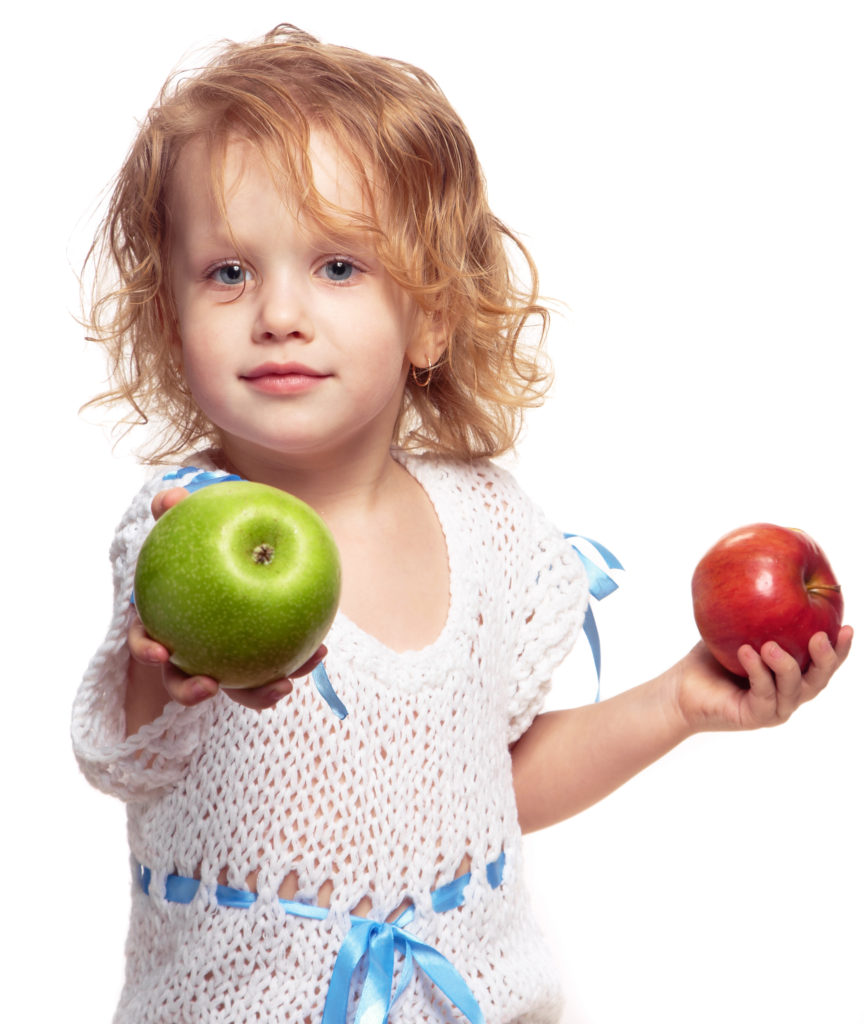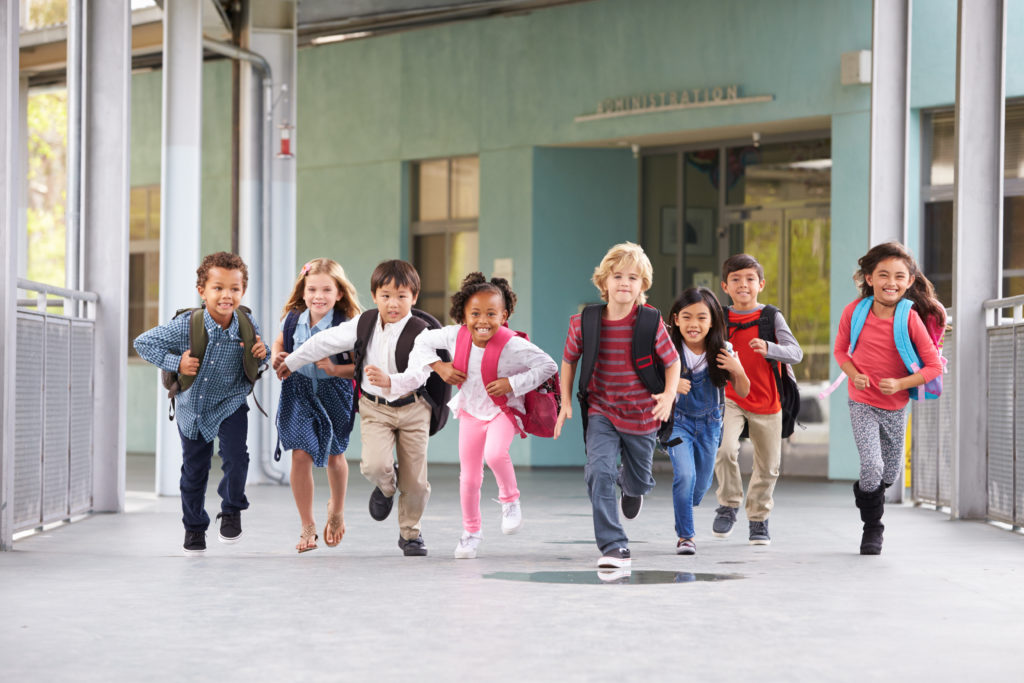Serbs are Slavonic people living in Eastern Europe. They are related to other Slavonic nations, such as Russians, Polish, Czech, Slovak and about dozen others. That means they can quite well understand each other when speaking. Actually, Serbs have even much closer relatives – Croats, Bosniacs and Montenegrins and when speaking they respective languages they understand each other perfectly, to the point that a foreigner would easily conclude they speak the same language. Serbian language is somewhat specific when compared to those related languages. Namely, Serbs are one of few who can write their language either in Cyrillic, their traditional script, or in Latin.
Food
Serbs live in the European peninsula of the Balkans. They are mainly concentrated in their homeland – Serbia, but they are scattered among their neighbors: Macedonia, Bulgaria, Romania and Hungary, and they make a considerable part of population in Croatia, Montenegro and Bosnia and Herzegovina as well. Their homeland – Serbia – is land of mountains, rivers, forests and fields. It is perfect place for growing fruits and Serbs do that very often. They are famous for their apple and plum orchards. Plum is traditionally used for making home brandy. In autumn, Serbs go to their grandparents in the country to help them collect plum, and in winter their grandfathers start producing world-known home-made brandy – the slivovitz. In those days, the elders employ small home distilleries and turn all those beautiful juicy plums into something less useful – adult drinks. But those days are fun for kid also.
Stories and Epics for Kids
Quite often, the elders have to stay wake overnight. That is the right time to tell old stories and songs to the kids. Those are the stories of past battles and heroes. One of those heroes is Marko Kraljević – a superhero of every Serbian child. Allegedly, he was a fifteenth century hero no one could fight or outwit and carried huge maces and shared vine with his horse! In those nights, the elders play music also – they take a traditional Serbian instrument called gusle, with strings made of hairs from horse tails, and they make harsh and squeaky sounds only one’s grandpa might call music. Sometimes they connect their hands, make a circle and start traditional Serbian round dance – kolo. Serbian youngsters, alike any in the world, prefer rock, dance, techno, disco, rap or any other modern music, but they like to dance kolo as well, for it is joyful group dance.
Fun Serbian Common Activities
Besides music, Serbs like sports. They are excellent in tennis – with their Novak Đoković as one of the best in the world. Their basketball team quite often won against best teams of the world –even USA. They are respected opponents in water polo and handball. But, what they especially like is the soccer (which they call football, as all other Europeans do). There are two major Serbian football teams – Partisan and Red Star, and one is supposed to be fan of one of these. If not, you are hardly accepted as sports lover at all.
Religion and Holidays
Predominant religion with Serbs is Christianity, but the branch called Orthodox Christianity. It is quite similar to other Christian beliefs and the difference is most notable with numerous beautiful orthodox monasteries – they are very ornamental and they resemble the medieval Byzantine Empire. Serbs are specific and proud of their special holiday – the slava. It is a family patron’s day. Each orthodox Christian Serbian family has its own patron saint – the most usual are St Nicholas, St John, and St George, but there are many others as well. When that day comes, their families prepare glorious feasts, invite numerous guests and celebrate all days, or even for three days. There is also difference when it comes to Christmas time: for Serbs it is not in December, but two weeks later – in January – and they do not cut the pine for Christmas tree, but the oak.
Kids Enjoy- Leisure Time of Serbian Children
Almost all of the January is time for winter holidays, when Serbian children do not go to school but to hills and mountains. They adore skiing, sledging and snowball fighting, but skating and ice hockey are not that popular. The other major school break is in summer. For two months and a half during the summer children leave the school and enjoy swimming, either in numerous rivers or at the sea. But, to see the sea Serbs must go abroad. Then they usually visit their neighbors – Croatia, Montenegro or Greece.
Famous Places of Serbia
The capital of Serbia is Belgrade, a beautiful city built on the Danube. With about couple million inhabitants it is the biggest Serbian city, its cultural and economic center. Other major cities are Novi Sad, Niš, Kragujevac, Čačak. Almost all Serbian cities boast with long and famous history and at least one crucial medieval battle. Some of those historical moments can be caught in castles and fortresses scattered throughout the land.
Did You Know?
Today, Serbs are a precious part of global community and world heritage. They live just as anyone in USA or elsewhere. They use iPhones, wear Nike and Adidas, buy Ray-Bans, eat at McDonalds, drive German or Japanese cars, listen to Michael Jackson and watch Bruce Willis movies. One of the few things that make them different is the tradition – the customs and the beliefs. Looking for better jobs, they settled all around the world, some of them maybe in your very own neighborhood. Find them and get to know them better.

